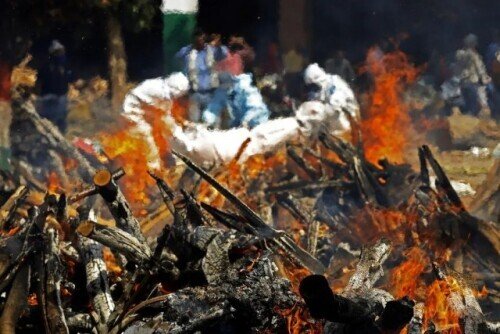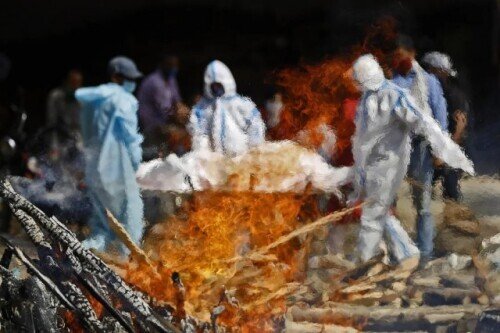"Since 1987
I work here
I have never seen so many corpses
Even in 1994 the rat epidemic
There was no flood in 2006"
——A crematorium worker in India
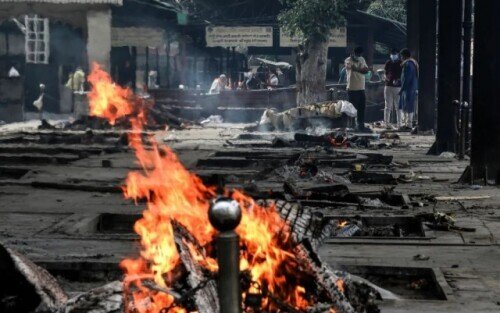
On April 20, 2021, local time, New Delhi, India, funeral home staff cremated the bodies of COVID-19 victims.
A surge of more than 300,000 cases per day
4 days in a row...
According to data from the Indian Ministry of Health, as of 8:00 on April 25, local time, there were 3,49,691 confirmed cases in the past 24 hours, setting the highest number of new cases in a single day since the outbreak in India for 4 consecutive days, and also breaking a single day in a single country in the world. The highest record of new cases.
From April 22 to 24, India added more than 300,000 new cases every day, and nearly 1 million cases were reported within three days.
Experts believe that the actual number of deaths and confirmed cases in India is much higher, and predict that this wave of epidemic will not reach its peak in at least three weeks.
Indian Prime Minister Narendra Modi said that the new wave of "tsunami-like" epidemic has shaken the entire country.
Indian officials said that the new crown crisis is getting worse, the number of new infections and deaths hit a new high, and the capital New Delhi will extend the one-week blockade.
The medical system is on the brink of collapse
Scramble for oxygen everywhere
As the new crown epidemic continues to worsen, many places in India have reported shortages of medical resources such as hospital beds, medical oxygen and medicines.
A hospital in the capital of New Delhi announced on the 23rd that 25 critically ill patients with the new crown had died in the hospital in the past 24 hours and another 60 critically ill patients were in critical condition due to oxygen shortage.
At present, the oxygen in the hospital is only sufficient for a few hours, and medical equipment such as ventilators cannot be guaranteed to work properly.
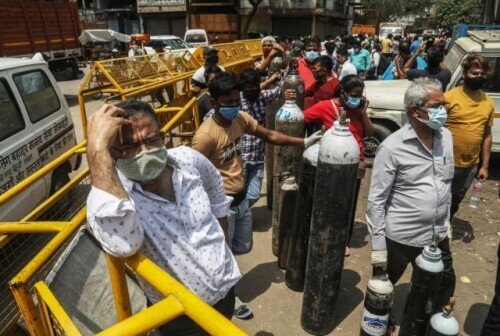
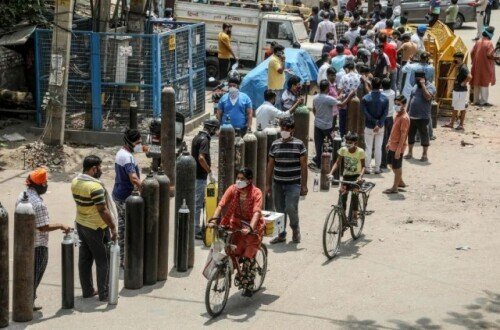
April 23, 2021 local time, New Delhi, India. The current situation of the new crown epidemic in India is very serious. The family members of the patients are waiting for oxygenation with empty oxygen cylinders.
A local man said that his uncle was in hospital, but the hospital had run out of oxygen. The hospital told him "either find a way to get oxygen by himself, or take his uncle away."
On April 25, the "Wall Street Post" interviewed Lavender Kumar, a doctor who has worked at the Jaipur Gold Hospital in New Delhi for nearly 30 years.
He said that on April 23, he and his staff were frantically searching for oxygen tanks, from oxygen suppliers, other hospitals, police to government officials, and calling everyone they could think of.
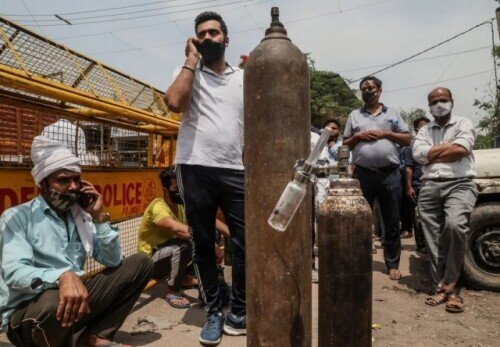
"As if the whole city is looking for oxygen... I have never felt so helpless in my life."
At around 10 o'clock that night, as the hospital's oxygen tanks ran out, disrupting the flow of oxygen required by critically ill patients, 26 people died a few hours later.
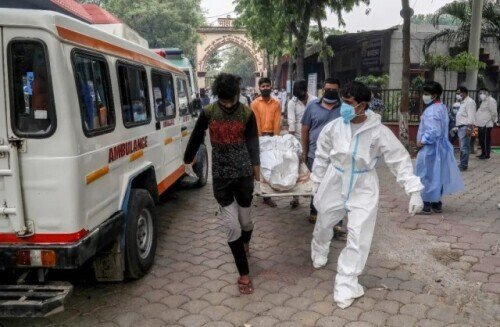
According to New Delhi Television (NDTV), a man in India recently complained to the country’s Minister of Culture and Tourism and the leader of the People’s Party Prallad Patel that the hospital does not provide oxygen cylinders.
"It has been 36 hours without oxygen. We are too desperate... They only said that they would provide oxygen cylinders, but they didn't... Why didn't they tell me directly that they could not provide oxygen?"
As a result, Patel responded: "If you say that, I will slap you twice."
Although Patel's office later explained that he did not threaten the man in question, but only reprimanded him for using swear words to insult the medical staff, the incident still aroused the anger of Indian netizens.
According to data released by the Indian Ministry of Health on the 23rd, the demand for medical oxygen in the 12 most severely affected states has increased by 18% in the past six days.
The city of Delhi, Uttar Pradesh and Haryana have disputes over the distribution and delivery of oxygen, and some places even grabbed medical oxygen.
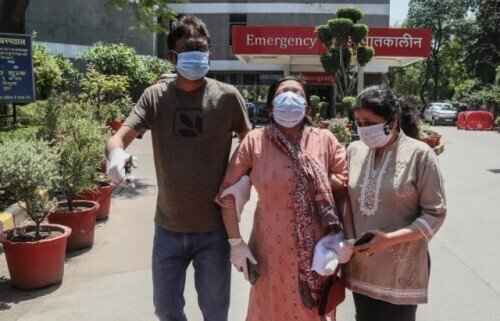
On April 24, 2021, local time, in New Delhi, the capital of India, a local private hospital ran out of oxygen supply in the early morning that day, and the family of the deceased rushed to the hospital. Image source: Visual China
Delhi claimed that the city’s oxygen quota was transferred to Uttar Pradesh by an oxygen plant, causing an oxygen emergency.
Uttar Pradesh retorted that the state has been overwhelmed and has no surplus to transfer to Delhi.
Haryana State accused Delhi of using its capital status to “rob” the state’s oxygen. The head of the State’s Health Bureau stated that an oxygen tank truck in the state was recently robbed by the Delhi government on its way to Faridabad. go.
At present, Haryana is preparing to organize police to protect the oxygen tank trucks in the state and avoid "robbery" by other local governments.
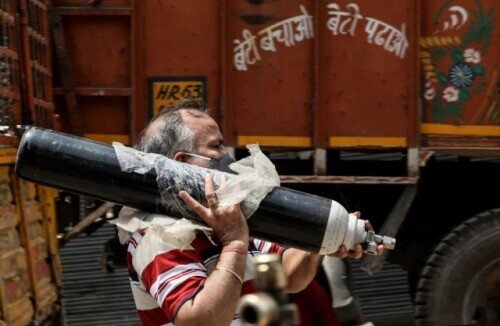
The Indian government has decided to import 50,000 tons of medical oxygen, and opened an "Oxygen Express" special train, which will be escorted by armed guards to deliver oxygen to the worst-hit cities.
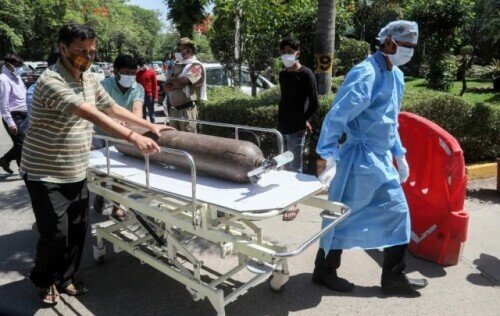
Not enough crematorium
People burn dead bodies in the open
Due to lack of beds and oxygen, many patients in the capital New Delhi died outside the hospital.
In the large crematoriums, "bright orange flames illuminate the night sky, burning indefinitely 24 hours a day, like a factory that never shuts down."
